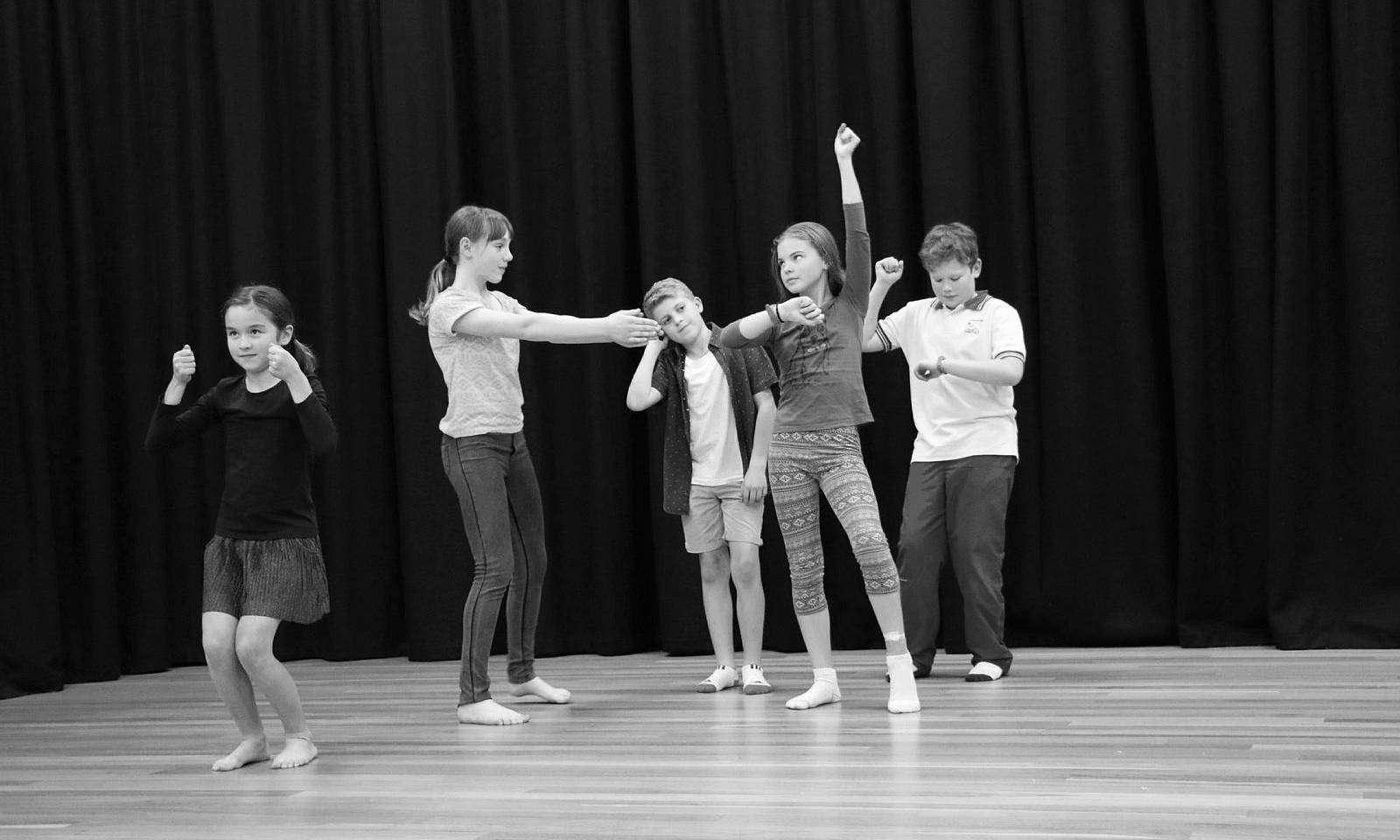Our waterways have been at the centre of human activities since the early Aboriginal inhabitants arrived. Before 1788 Sydney was culturally divided between the inland paiendra ‘tomahawk people’ and the harbour side katungal ‘sea people’. The katungal people called themselves Eora (which meant ‘people of this place’ or ‘people here’). The western-most Eora clan was the Burramattagal, of Parramatta which marked the border between the cultures of the harbour and the inland1. It is from Burramattagal that Parramatta got its name. Although various meanings have been given to Burramattagal, a common interpretation is either ‘the head of the river’ or ‘the place where the eels sit down’.
Close association with the river would have occurred for the many clans in the area including Wangal to the east, Toongagal in the vicinity of Toongabbie, the Wategora clan on Duck River and the Burramattagal clan of Parramatta1. They would have utilised the river for its bountiful supply of food, water, materials for shelter, weapons, canoe making and undoubtedly a part of the framework of their spiritual beliefs2.
When Arthur Phillip explored the area in 1788 the river was already taking an important role in Parramatta’s future. Many of the notes taken on this voyage and subsequent explorations give us a first hand view of what the area was like. Phillip identified the Duck River/Parramatta river fork and probably went some distance up Duck River to near Parramatta Road.
The River not only had an important role in providing food for Aboriginal people and the new settlers, it was also the major transport route between Sydney and Parramatta. Wide varieties of vessels were used on the river including sail and oar boats of the early 1800’s, and later steam ships. By the second half of the twentieth century there was extensive recreational use such as boating, picnicking and relaxation. At one time there were more than 20 swimming baths along the river3 including Lake Parramatta.
As the use of motor vehicles increased, the use of the river as a form of transport declined. This, along with the increased pollution, resulted in the river becoming an unimportant byway3. Over time much vegetation was removed, some banks were lined, streams concreted over, marshes reclaimed, and mangroves removed. Sewage poured into the river, carcases were left to rot, and garbage was dumped along the banks. The Parramatta foreshores changed from being the agricultural heart of Sydney to an industrial focus.
By the 1950’s there were numerous reports of pollution, water activity had stopped, there was no fishing allowed and the foreshore was in decline. In 1970 the Sydney Morning Herald reported that ‘acids, alkalis, solvents, phenolic and bituminous matter, plastic wastes, metals, zincs, chromes and carbonates’ flowed into the river, and authorities confirmed that the river was dying.
Since the early 1970’s much of the decline in the condition of the waterways has reduced. Stricter environmental laws, greater focus on environmental issues and a growing community awareness that we must look after our water has meant that the river is starting to come back to life.
In the 220 years since the first European settlement the river corridor and surrounding catchment has been transformed. Some of the changes that we have inflicted on our river and its surrounds include:
- loss of natural vegetation and replacement with weeds
- loss of native fauna through habitat destruction and introduced pests
- reclamation of rivers, mangroves, wetlands and salt marshes for development and waste disposal
- dredging and modification of the rivers and foreshores
- reduced visual amenity due to inappropriate development
- loss of public access to foreshores
- increased pollution from cars, shops, factories, golf courses and our own back yard
- alienation of rivers and water from the community
- increased runoff resulting in erosion, flooding and changes in stream form and habitat.
References:
- Place of Eels – Parramatta and the Aboriginal Clans of the Sydney Region 1788-1845 (1995) M. Flynn
- Parramatta: a past revealed (1996) Terry Kass, Carol Liston, John McClymont; Liston, Carol
- A River Revived: The Parramatta River (1987) Carol Powell.



